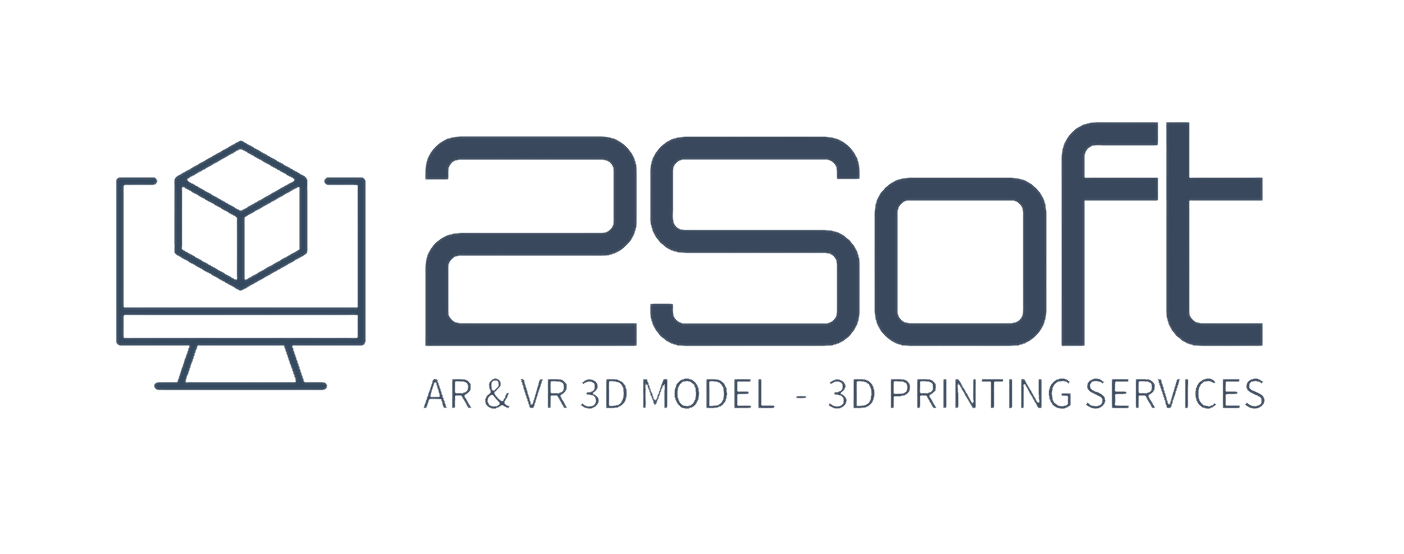In the ever-evolving world of technology, polygonal modeling has become an essential tool for creating realistic 3D models and bringing them to life in augmented reality. Whether you’re a beginner looking to dip your toes into the world of 3D modeling or a seasoned professional wanting to expand your skills, this comprehensive guide will provide you with everything you need to know about polygonal modeling.What is Polygonal Modeling?Polygonal modeling, also known as mesh modeling, is a technique used to create 3D models by manipulating vertices, edges, and faces to form a mesh. This mesh is comprised of connected polygons, such as triangles or quads, which are used to build the shape of the model. Polygonal modeling is commonly used in industries such as video game development, film and animation, architecture, and product design.Creating a 3D Model Using Polygonal ModelingThe first step in creating a 3D model using polygonal modeling is to sketch out your design concept. Once you have a clear vision of what you want to create, you can start building the model by adding and manipulating polygons. This can be done using various software programs such as Blender, Maya, or 3ds Max.As you build your model, it’s important to pay attention to the details and ensure that the proportions and geometry are accurate. You can also add textures, materials, and lighting effects to enhance the realism of your model.Augmented Reality and 3D VisualizationOnce you have created your 3D model using polygonal modeling, you can bring it to life in augmented reality. Augmented reality technology allows you to overlay digital content onto the real world, creating an immersive experience for users. By integrating your 3D model into an AR application, you can showcase your design in a realistic and interactive way.3D visualization is another crucial aspect of polygonal modeling, as it allows you to showcase your model from different perspectives and viewpoints. By rendering your model in high-quality images or videos, you can effectively communicate your design concept to clients, stakeholders, or the general public.In conclusion, polygonal modeling is a powerful tool for creating realistic 3D models and bringing them to life in augmented reality. By following the steps outlined in this guide, you can master the art of polygonal modeling and create stunning visuals that will impress and captivate your audience. So why wait? Start exploring the world of polygonal modeling today and take your designs to the next level.
Related Services
Looking to bring your products to life with AR? Explore our AR 3D Modeling Services and see how we can help transform your business with augmented reality solutions.

